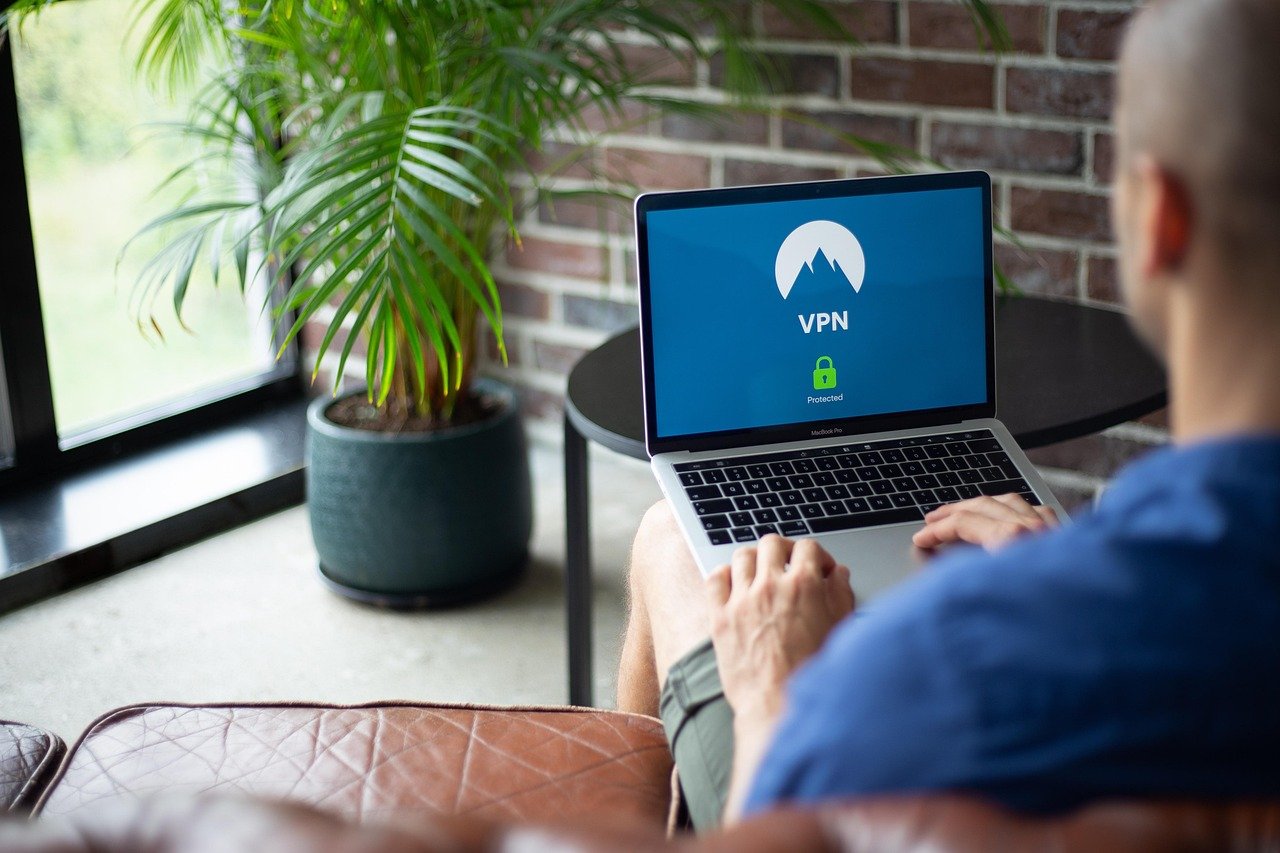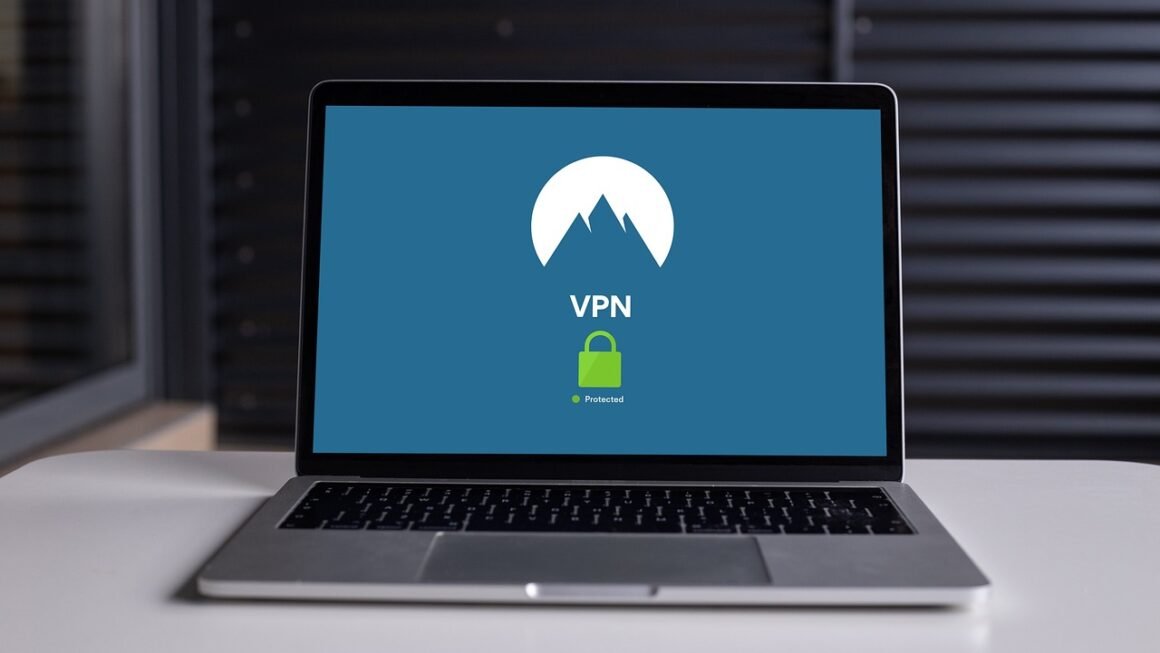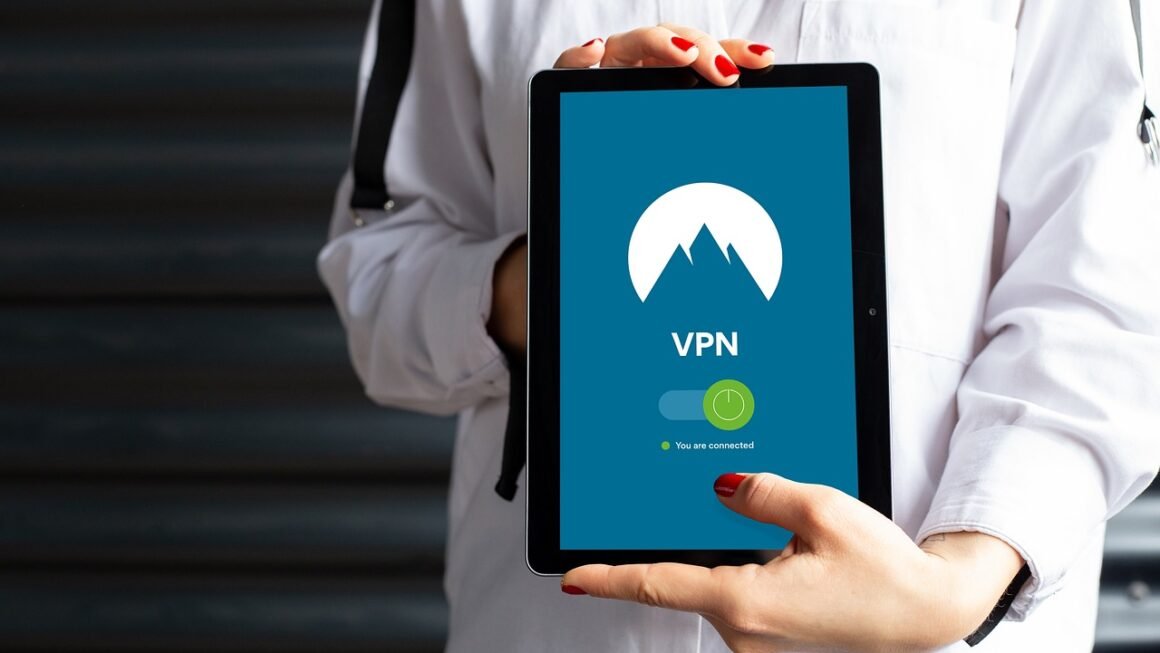Imagine your digital life as a sprawling city, with countless homes (devices), businesses (applications), and roads (networks) connecting them all. Now, imagine that city without a police force, security guards, or even locks on the doors. That’s a frightening prospect, right? That’s precisely what it’s like to operate without robust network security. It’s not just about protecting your data; it’s about protecting your entire digital ecosystem from a range of threats that are constantly evolving. This blog post will delve into the critical aspects of network security, equipping you with the knowledge to fortify your digital defenses.
Understanding Network Security Fundamentals
What is Network Security?
Network security encompasses all the hardware and software actions an organization takes to protect its network, data, and digital assets from unauthorized access, use, disclosure, disruption, modification, or destruction. It’s a multifaceted discipline that addresses various threats, from malware and phishing attacks to data breaches and denial-of-service attacks. Think of it as a digital fortress, constantly being strengthened and adapted to withstand the latest siege attempts.
Why is Network Security Important?
In today’s interconnected world, network security is more critical than ever. Consider these points:
- Data Protection: Prevents sensitive data, such as customer information, financial records, and intellectual property, from falling into the wrong hands. A data breach can lead to significant financial losses, reputational damage, and legal liabilities.
- Business Continuity: Ensures uninterrupted business operations by preventing network downtime caused by cyberattacks. Imagine a hospital system whose network is down – the consequences could be devastating.
- Regulatory Compliance: Helps organizations comply with industry-specific regulations and data privacy laws, such as GDPR, HIPAA, and PCI DSS. Non-compliance can result in hefty fines and penalties.
- Reputation Management: Protects an organization’s reputation and brand image by preventing security breaches that can erode customer trust and confidence.
- Financial Security: Mitigates financial losses associated with cybercrime, such as fraud, theft, and extortion. According to a recent report by Cybersecurity Ventures, global cybercrime costs are projected to reach $10.5 trillion annually by 2025.
Common Network Security Threats
Understanding the threats you face is the first step in building a strong defense. Here are some common examples:
- Malware: Viruses, worms, Trojans, and ransomware that can infect systems, steal data, or encrypt files.
- Phishing: Deceptive emails, websites, or messages designed to trick users into revealing sensitive information. Imagine receiving an email that looks like it’s from your bank, asking you to update your account details.
- Denial-of-Service (DoS) Attacks: Overwhelming a network or server with traffic, making it unavailable to legitimate users.
- Man-in-the-Middle (MitM) Attacks: Intercepting communication between two parties to eavesdrop or steal data.
- SQL Injection: Exploiting vulnerabilities in database-driven applications to gain unauthorized access to data.
- Zero-Day Exploits: Attacks that exploit vulnerabilities that are unknown to the software vendor.
Essential Network Security Tools and Technologies
Firewalls
Firewalls act as a barrier between your network and the outside world, examining incoming and outgoing network traffic and blocking anything that doesn’t meet your predefined security rules.
- Key Functions: Traffic filtering, intrusion detection, and VPN connectivity.
- Types: Hardware firewalls, software firewalls, and next-generation firewalls (NGFWs). NGFWs offer advanced features like application control, intrusion prevention, and deep packet inspection.
- Practical Example: Configuring a firewall to block all incoming traffic on port 22, which is commonly used for SSH, unless it originates from a specific IP address.
Intrusion Detection and Prevention Systems (IDS/IPS)
IDSs monitor network traffic for suspicious activity and alert administrators. IPSs go a step further by actively blocking or preventing malicious traffic from entering the network.
- Key Features: Real-time threat detection, automated response, and vulnerability scanning.
- Practical Example: An IPS detecting a brute-force attack against a web server and automatically blocking the offending IP address.
Virtual Private Networks (VPNs)
VPNs create a secure, encrypted connection over a public network, allowing users to access resources remotely without exposing their data.
- Benefits: Enhanced privacy, secure remote access, and bypass geographical restrictions.
- Use Case: Employees connecting to the corporate network from home or while traveling, ensuring that their data remains protected.
Antivirus and Anti-Malware Software
These tools are designed to detect, prevent, and remove malware from individual devices.
- Key Features: Real-time scanning, scheduled scans, and signature-based detection.
- Important Consideration: Regularly updating antivirus software is crucial to protect against the latest threats.
Network Segmentation
Dividing a network into smaller, isolated segments can limit the impact of a security breach. If one segment is compromised, the attacker’s access is restricted, preventing them from moving laterally to other parts of the network.
- Practical Example: Separating the guest Wi-Fi network from the internal corporate network.
Implementing a Robust Network Security Strategy
Risk Assessment
The first step in creating a strong network security strategy is to identify potential vulnerabilities and assess the risks they pose.
- Process: Identify assets, threats, vulnerabilities, and potential impact.
- Tools: Vulnerability scanners, penetration testing, and security audits.
Security Policies and Procedures
Develop clear and comprehensive security policies and procedures that outline acceptable use of network resources, password requirements, data handling practices, and incident response plans.
- Example Policies: Acceptable Use Policy, Password Policy, Data Security Policy, Incident Response Policy.
Employee Training
Human error is a significant factor in many security breaches. Educate employees about common threats, such as phishing and social engineering, and train them on how to identify and avoid them.
- Training Topics: Phishing awareness, password security, data handling, and social engineering.
- Frequency: Regular training sessions and ongoing awareness campaigns.
Regular Security Audits and Penetration Testing
Regularly audit your network security controls to ensure they are effective and up-to-date. Penetration testing simulates real-world attacks to identify vulnerabilities that could be exploited by malicious actors.
- Benefits: Identifies weaknesses, validates security controls, and improves incident response capabilities.
- Frequency: At least annually, or more frequently if significant changes are made to the network.
Incident Response Planning
Develop a detailed incident response plan that outlines the steps to take in the event of a security breach. This plan should include roles and responsibilities, communication protocols, and procedures for containing and eradicating the threat.
- Key Components: Identification, containment, eradication, recovery, and lessons learned.
Staying Ahead of Emerging Threats
Continuous Monitoring and Analysis
Continuously monitor network traffic and system logs for suspicious activity. Use security information and event management (SIEM) tools to aggregate and analyze data from various sources, providing real-time visibility into security threats.
Keeping Software and Systems Up-to-Date
Software updates often include security patches that address known vulnerabilities. Apply updates promptly to minimize the risk of exploitation.
Threat Intelligence
Stay informed about the latest threats and vulnerabilities by subscribing to threat intelligence feeds and participating in industry forums. This will help you proactively identify and mitigate potential risks.
Adapting to New Technologies
As new technologies emerge, such as cloud computing and the Internet of Things (IoT), it’s essential to adapt your network security strategy to address the unique challenges they pose.
Conclusion
Network security is not a one-time fix but an ongoing process. By understanding the fundamentals, implementing essential tools and technologies, and adopting a proactive approach to security, you can significantly reduce your risk of becoming a victim of cybercrime. Remember, a strong network security posture is a critical investment in the long-term health and success of your organization. Protect your digital city, and ensure a safe and secure future.



